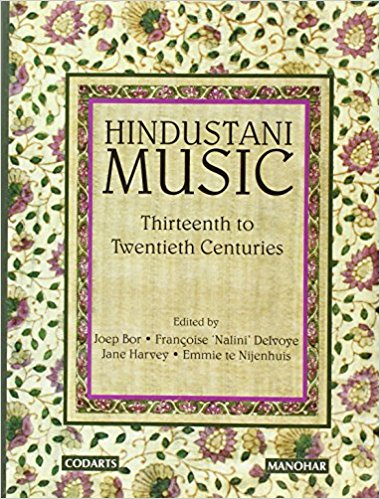The latest offering from the indefatigable Joep Bor and his learned colleagues, this modestly titled volume should really have been called Companion to Hindustani Music. There are 25 essays cove-ring eight centuries from the thirteenth to the twentieth. The span of centuries is matched by the linguistic skill of the authors. Sanskrit, Persian, Hindustani sources are used with great dexterity and authority. This is all the more striking since nearly all the contributors are from outside India. If one were to assess the historiographical contribution of this volume then one thing is clear: the ahistorical sway of ethnomusicologists and music gram-marians is over. These essays demonstrate that scholarship on Hindustani music has become more accommodative, more aware of larger historical trends (like colonialism and nation-alism), engaged with research and insights from related fields and willing to draw on theory. Perhaps for this reason the essays resonate and become meaningful for even the non-specialist reader.
This is a large volume with over 700 pages of text. The editors have ensured accessibility by including short summaries in the introduc-tion. This user-friendly addition has made the task of delving easier since the chronological and thematic span is vast. Depending on one’s inclination one can dip first into a study of Sanskrit musicological texts or Persian acco-unts or collection of lyrics or the history of instruments or the exciting world of moder-nity-studies of the latter have been exploding in the last decade or so. Daniel Neuman (Bowing Bards), Peter Manuel (thumri, ghazal), Regula Qureshi (an Urdu treatise on Lucknow culture), Allyn Miner (sitar, sarod), James Kippen (tabla) are some of the well-known names who have contributed to this volume. Their pioneering monographs had changed the field of ethnomusicology in the 1970s and 1980s. There are many younger scholars too-Katherine Butler Brown, Charles Capwell, Michael D. Rosse and David Trasoff-their research is less well-known in India but is significant nonetheless. Among the Indian scholars are Madhu Trivedi and Ashok Rana-de. The senior vocalist Sulochana Brahaspati from the Rampur-Sahaswan gharana has also contributed a chapter.

